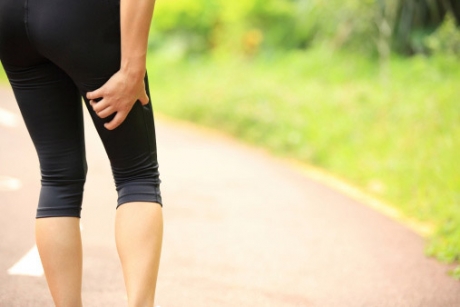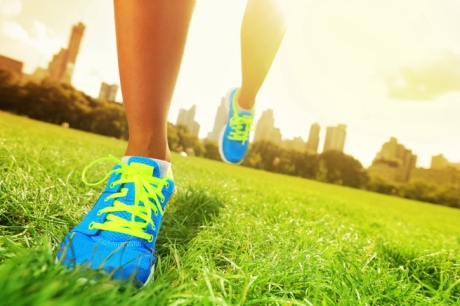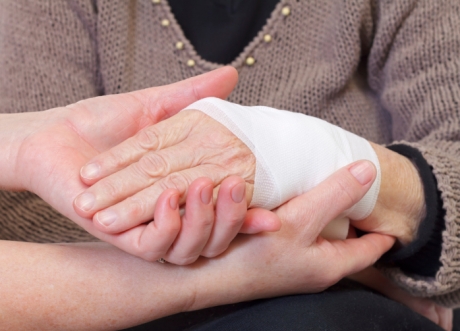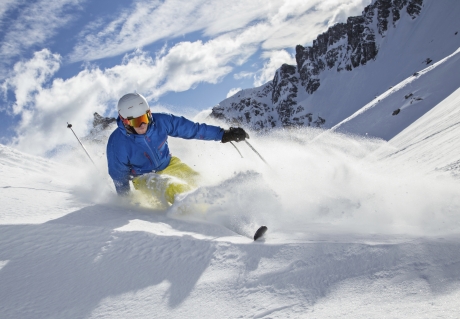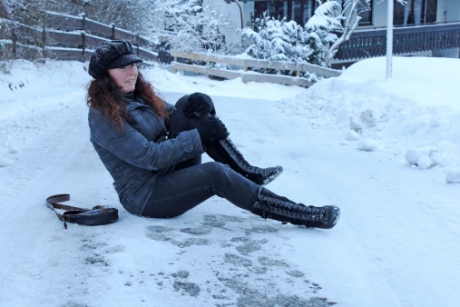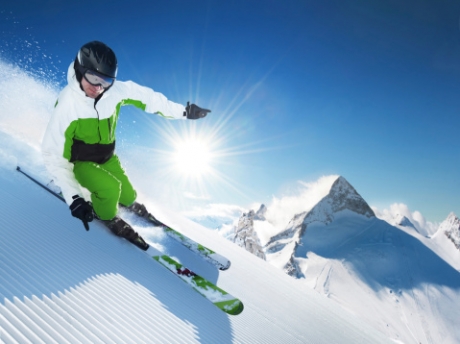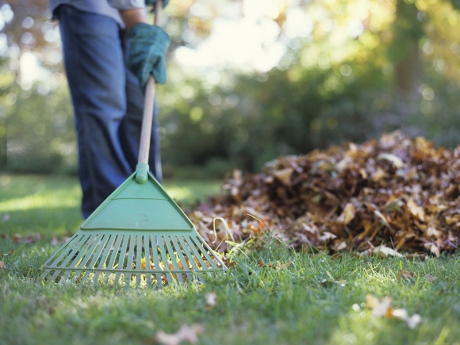Hoverboards, one of the hottest gifts for both kids and adults this past holiday season, are also becoming a popular reason for visits to the emergency room.
An item that is a mixture of a skateboard and a Segway, a hoverboard allows the rider to stand on a platform that will accelerate and move freely in the direction of the rider’s weight. While fun and perhaps exhilarating, hoverboards are also putting some riders at risk.
Orthopedic physicians are seeing an uptick in injuries to bones and joints, wrist and ankle injuries, and fractures. Other injuries associated with hoverboards include spinal fractures, facial lacerations, head trauma with concussion, and contusions. Some injuries are more serious because of the height and speed behind the fall.
Riders need to have good balance on the devices, which don’t have a handle. The faster riders go, the higher the injury risk. Hoverboards can speed up to 12 miles per hour.
To avoid and prevent serious injury from hoverboards, follow these safety tips:
* Wear a helmet
* Wear wrist guards, elbow pads and knee pads
* Practice and become familiar with the hoverboard in an open, soft flat field
* Be mindful of vehicles and other forms of traffic and impediments (stay off the roads)
Supervise children using hoverboards and take the same precautions as you would for using a scooter, bicycle or roller blades, especially wearing a certified safety helmet.
When it comes to hoverboard safety for children and adults alike, start slow and make sure you have something stable to hold on to while you’re getting a feel for the hoverboard.


